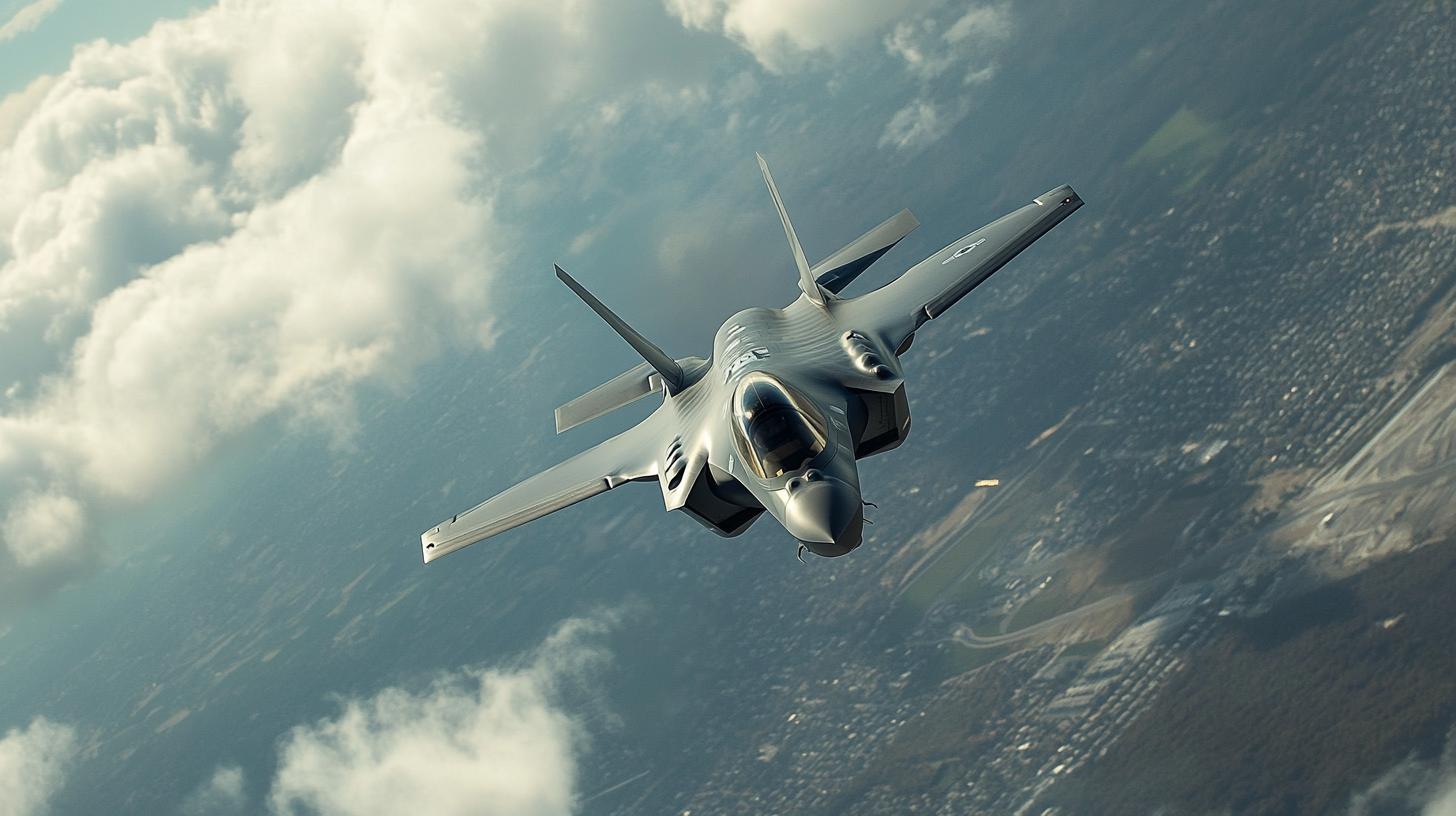The F-35C Lightning II, the carrier-based variant of Lockheed Martin’s fifth-generation stealth fighter, has marked a significant milestone in naval aviation by making its combat debut. This event underscores the aircraft’s advanced capabilities and its pivotal role in modern naval operations.
The F-35C: Tailored for Carrier Operations
Designed specifically for aircraft carrier operations, the F-35C features larger wings and more robust landing gear compared to its counterparts, the F-35A and F-35B. These modifications enable it to withstand the demanding conditions of catapult launches and arrested landings on carrier decks. The F-35C’s enhanced range and payload capacity make it a formidable asset for the U.S. Navy, providing superior stealth, sensor fusion, and network-centric warfare capabilities.
Integration into Carrier Air Wings
The integration of the F-35C into carrier air wings represents a significant advancement in naval aviation. Its ability to operate seamlessly alongside existing platforms, such as the F/A-18E/F Super Hornet and the EA-18G Growler, enhances the overall combat effectiveness of carrier strike groups. The F-35C’s advanced sensors and data-sharing capabilities allow it to serve as a force multiplier, providing critical intelligence and situational awareness to commanders.
Combat Debut: A New Chapter
The F-35C’s first combat deployment signifies a new chapter in its operational history. This deployment demonstrates the aircraft’s readiness and effectiveness in real-world combat scenarios, validating years of development and testing. The successful integration and performance of the F-35C in combat operations highlight its role in maintaining air superiority and supporting naval missions.
Future Prospects
As the F-35C continues to be integrated into the U.S. Navy’s carrier air wings, its impact on naval aviation is expected to grow. The aircraft’s advanced capabilities will play a crucial role in addressing emerging threats and ensuring the U.S. Navy’s dominance in maritime operations. Ongoing developments, such as the integration of new weapon systems and software upgrades, will further enhance the F-35C’s operational effectiveness and adaptability to future combat environments.
The combat debut of the F-35C Lightning II marks a pivotal moment in naval aviation, showcasing the aircraft’s advanced capabilities and its integral role in modern naval operations. As it continues to evolve and integrate into carrier air wings, the F-35C is set to redefine the future of naval air power.







